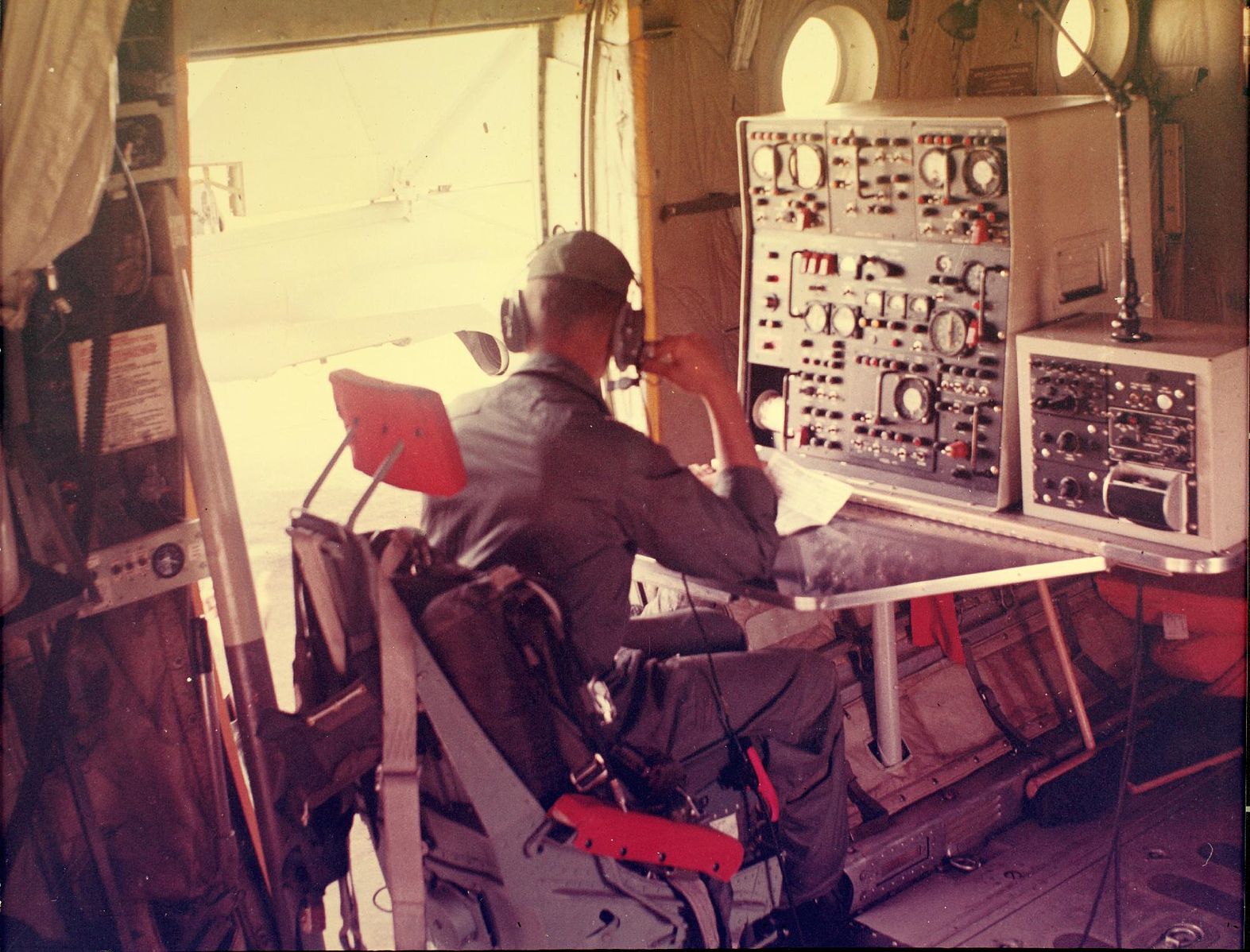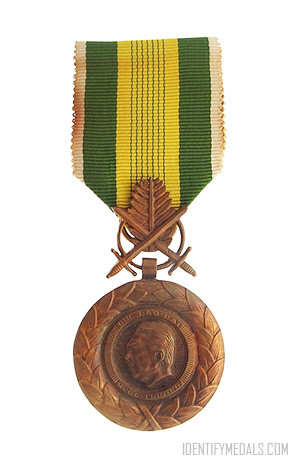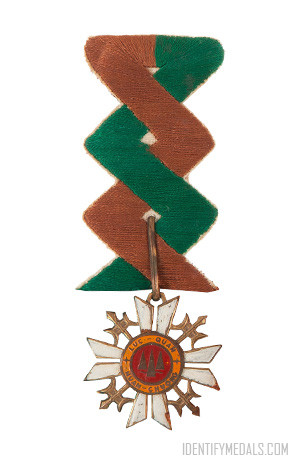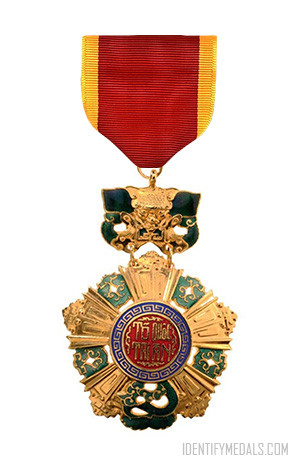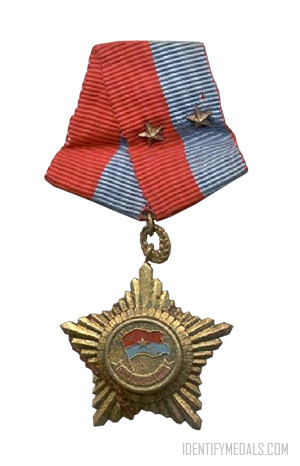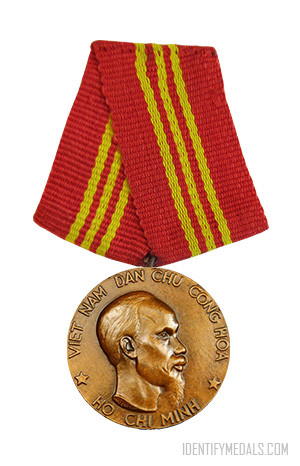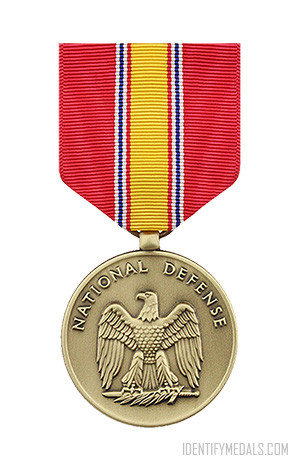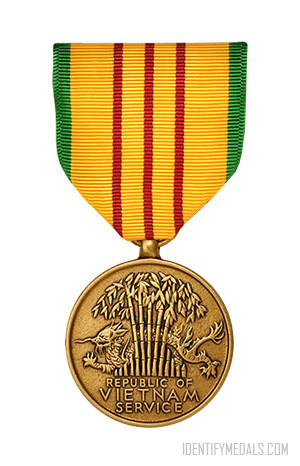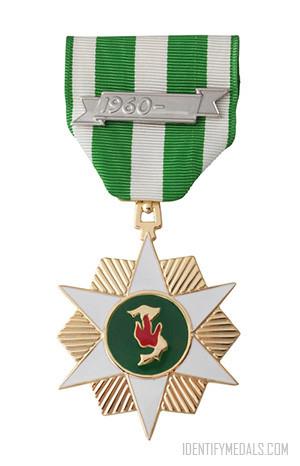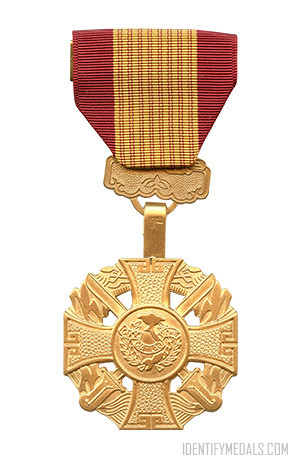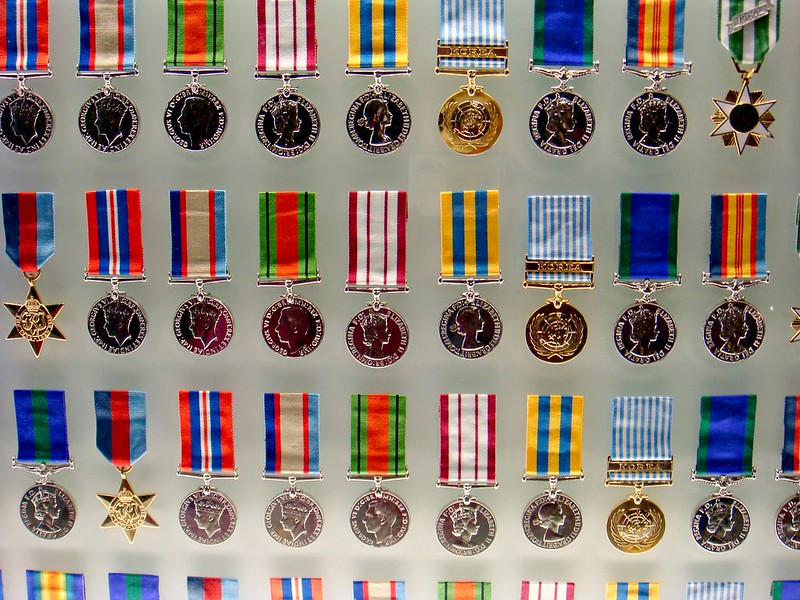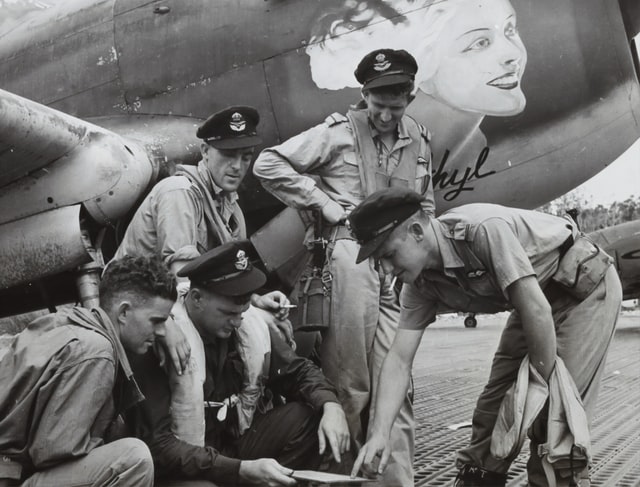Did you know that some Vietnam War medals and decorations are especially unique because they were issued by South Vietnam, a country that ceased to exist after North Vietnam’s victory? Even so, U.S. military members who received foreign South Vietnamese decorations and medals are still authorized to wear them.
Due to the fall of South Vietnam, the official records of individuals who received awards from that country disappeared, although some U.S. military units maintained records of those awards. While South Vietnam issued a variety of awards and decorations, the U.S. only issued one medal specifically pertaining to the Vietnam War.
In addition, perhaps due to the unpopularity of the war, the Department of Defense never created lists of individuals who received military medals during the Vietnam War except for the Medal of Honor. Typically, the awards were only recorded in personnel records of casualties. In 2002, a team of volunteers began to record some medals awarded to each Vietnam War casualty.
In 2013, the Virtual Wall began to create its own database for these awards, which includes the Medal of Honor, Distinguished Service Cross, Navy Cross, Air Force Cross, Silver Star, Distinguished Flying Cross, Bronze Star for Valor, Bronze Star to Meritorious Service or Achievement, Purple Heart, Air Medal, Good Conduct Medal, and two foreign awards—Vietnam Gallantry Cross and Vietnam Military Merit Medal.
Here is just a small sample of the medals, awards, and decorations issued during the Vietnam War, three of which we’ll cover more in-depth:
The Vietnam Service Medal
Authorized by executive order in 1965, the Vietnam Service Medal is a U.S. medal to honor service members who served in Vietnam, Laos, Cambodia, and/or Thailand from 1965 to 1973 for 30 consecutive or 60 nonconsecutive days.
The colors of the ribbon are green, yellow, and red, which represents the flag of the Republic of Vietnam at the time—yellow with red stripes running horizontally—and the green Vietnamese jungles. In addition, the three red stripes indicate the three ancient empires of Vietnam Tonkin, Annam, and Cochin China.
For those who participated in campaigns like the Tet counteroffensive in 1968 and the air offensive phases from 1966 to 1969, bronze stars on mounted on the ribbon for participation.
The Republic of Vietnam Campaign Medal
In addition to the U.S. medal, the Republic of Vietnam Campaign Medal is a foreign award, meaning a military decoration or award issued to American troops who aided that country in conflict. First introduced during the First Indochina War, the Republic of Vietnam Campaign Medal was authorized for wear on American service members as of December 1966 for their service in Vietnam.
In order to receive this medal, military members must have served in the Republic of Vietnam for six months between March 1, 1961 and March 28, 1973 or served outside Vietnam but gave combat support for six months or served less than six months but was wounded, captured and escaped enemy forces, or was killed in action.
What’s unique about the medal is that it comes with a default device, known as the 1960 device. It reads, “1960-”. Because they were produced and awarded during the war, it reads the start date of the conflict, but no end date was added.
Finally, its design helps to tell the story of the Vietnam War with the colors of the medal—green and white—to represent freedom and purity respectively. In addition, the medallion has a six pointed white enamel star, six golden rays between each point in the star, and a map of Vietnam in the center of the medallion. The putative red flames on the map represent the locations of the war.
The Vietnam Gallantry Cross
Under the Department of the Army General Order (DAGO) 43, 1970, all military personnel of all branches were awarded the Vietnam Cross of Gallantry if they had served in Vietnam between March 1, 1961 and March 28, 1973.
In addition, according to DAGO 8, 1974, the Vietnam Gallantry Cross, Unit Citation with Palm was awarded to Headquarters U.S. Military Assistance Command (MACV) and all subordinate units during February 8, 1962 to March 28, 1973. This meant that all military personnel who were assigned to units that served in-country Vietnam during this period were considered as assigned to MACV, regardless of service or component.
In other words, the Republic of Vietnam authorized this award for all foreign military personnel and units for valorous achievement and participation during the Vietnam War. Equivalent to the French Croix de Guerre, the medal demonstrates South Vietnam’s gratitude to the American and Allied soldiers who worked, fought, and sacrificed themselves for the freedom of the Republic of Vietnam.
In closing, the Vietnam War has always been a touchy subject. Since the war was quite unpopular, many veterans were not welcomed when they returned, even if they did not personally agree with the conflict. In addition, many Vietnam War vets rarely talked about their experiences during the war and their service—until somewhat recently—went undiscussed.
As a result, besides the Medal of Honor and other prestigious U.S. decorations, many individuals do not know much about the Vietnam War medals, which is unfortunate because they are especially unique.
From the unique device attached to the Republic of Vietnam Campaign Medal to the fact that some medals were issued by a now defunct country—South Vietnam, the medals specifically connected to the Vietnam War have a distinctive story to tell.
Sources:
- https://www.medalsofamerica.com/blog/vietnam-war-medals-meanings/
- https://www.virtualwall.org/medals.htm
- http://www.amervets.com/replacement/vcog.htm#isr
Guest Contributor: Rachel Basinger is a former history teacher turned freelance writer and editor. She loves studying military history, especially the World Wars, and of course military medals. She has authored three history books for young adults and transcribed interviews of World War II veterans. In her free time, Rachel is a voracious reader and is a runner who completed her first half marathon in May 2019.

